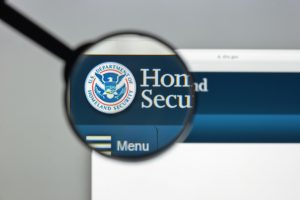
It's always a good practice to reflect on what's working and what can be improved as we draw closer to closing out another calendar year. Today, we wanted to take a look at some of the newer event space options in Washington, DC.
While the place you hold your event surely is not as important as the content you provide, it can have a big impact on the experience and anticipation for the event. Old stand-by locations are great as they are familiar to attendees - they know how to get there, where to park, and where the best outlets are for charging devices. But if you are looking to attract a different type of attendee or launching a completely new event or format, it might make sense to sweeten the interest by holding it in a new and creative location. Continue reading




 With the introduction of technologies such as machine learning, artificial intelligence (AI), mobile apps and more, the business functions of government are becoming more automated. While fears of
With the introduction of technologies such as machine learning, artificial intelligence (AI), mobile apps and more, the business functions of government are becoming more automated. While fears of  The Department of Homeland Security (DHS) may be the newest cabinet-level department, but it is still facing the same modernization challenges felt across government. The agencies pulled under the DHS umbrella in 2002 came with legacy systems. While a good deal of integration and modernization happened while DHS was being formed, systems have to keep evolving to keep up with the ever-changing threat landscape and the technologies used to threaten the homeland.
The Department of Homeland Security (DHS) may be the newest cabinet-level department, but it is still facing the same modernization challenges felt across government. The agencies pulled under the DHS umbrella in 2002 came with legacy systems. While a good deal of integration and modernization happened while DHS was being formed, systems have to keep evolving to keep up with the ever-changing threat landscape and the technologies used to threaten the homeland.
